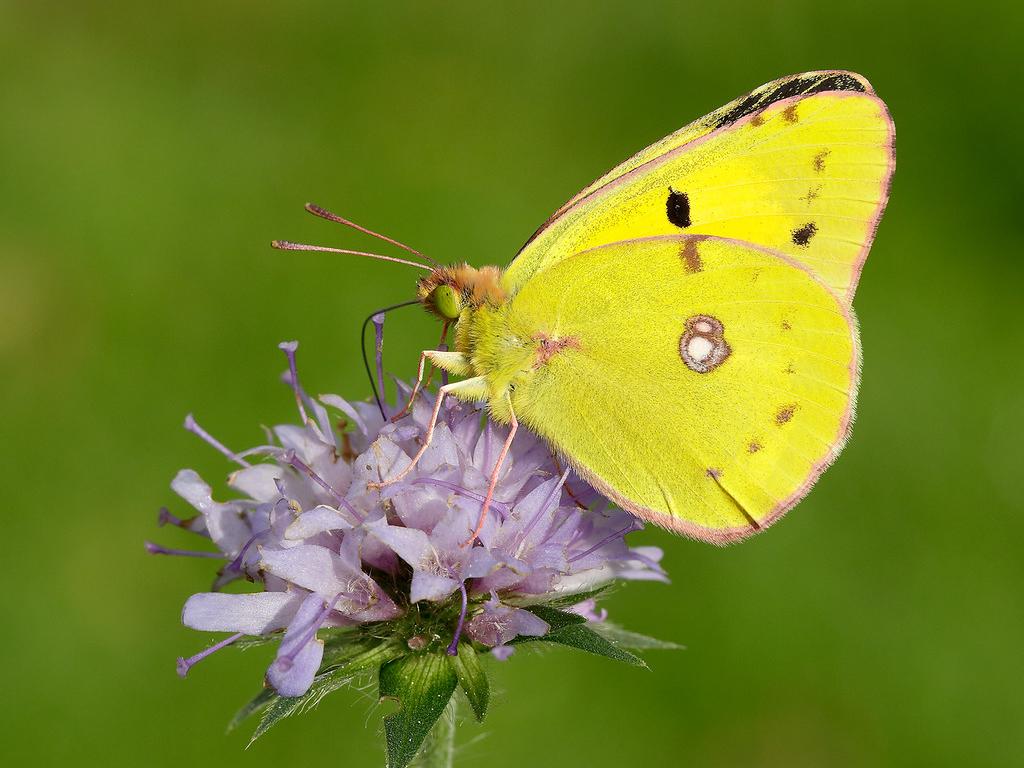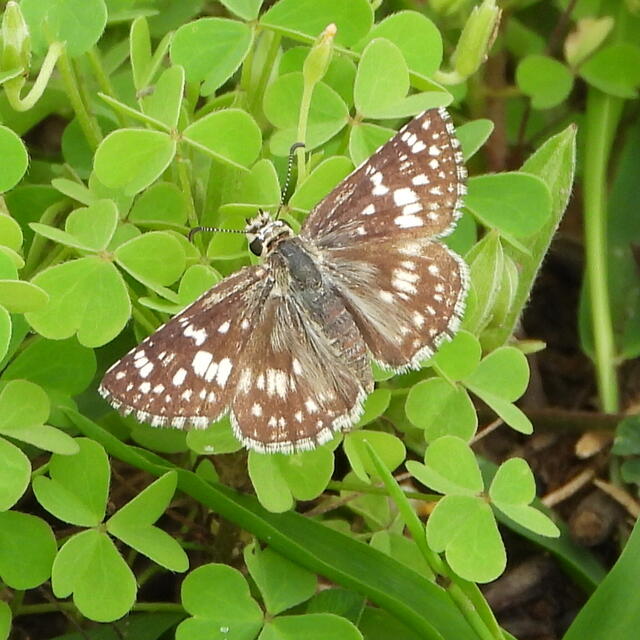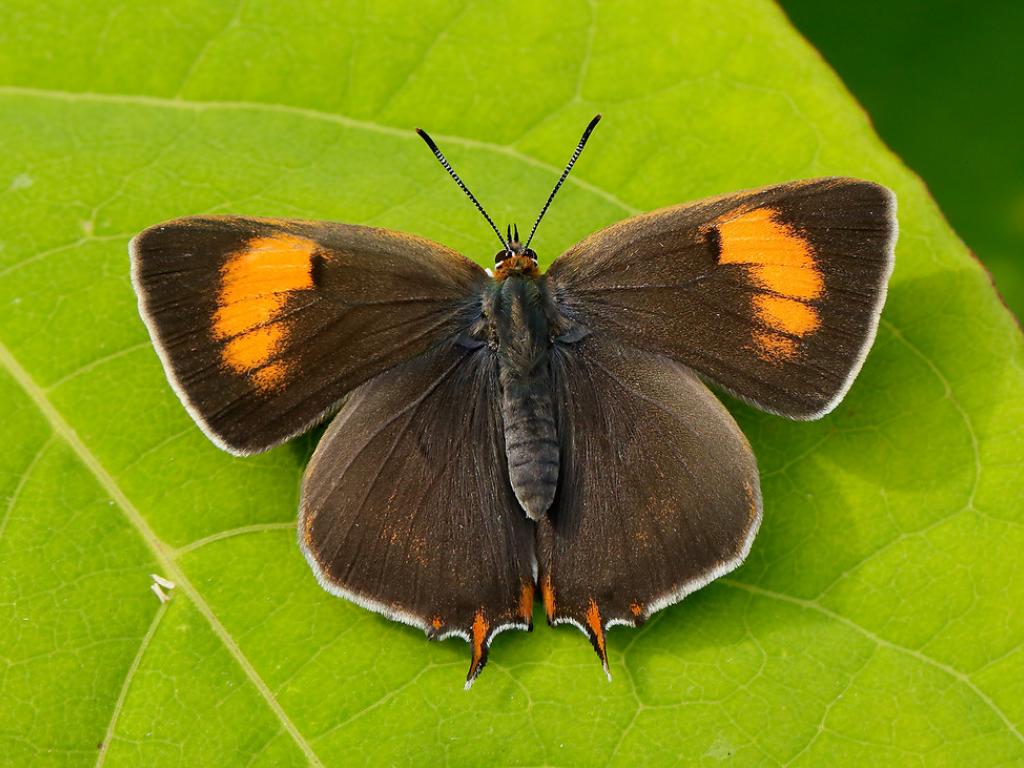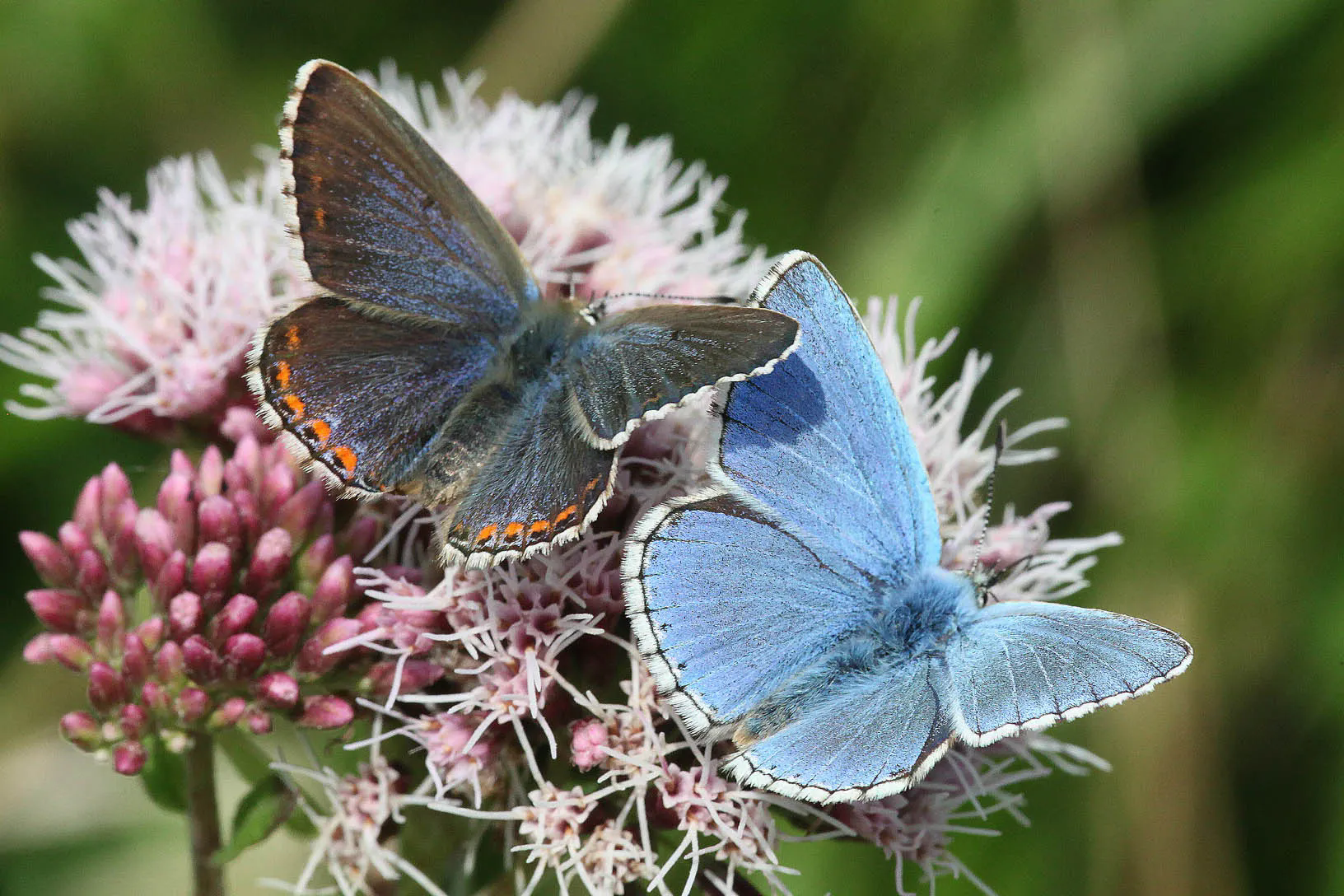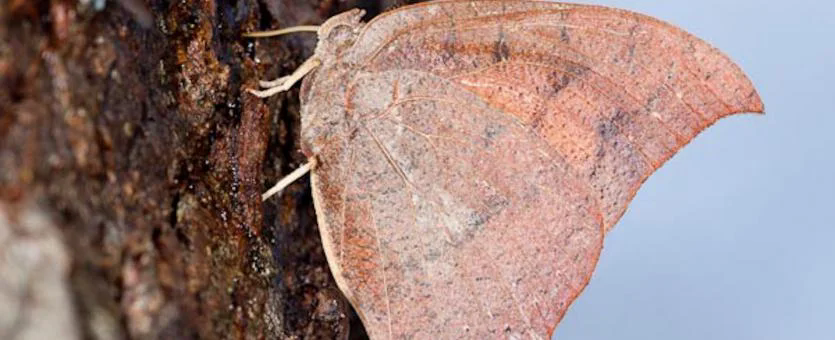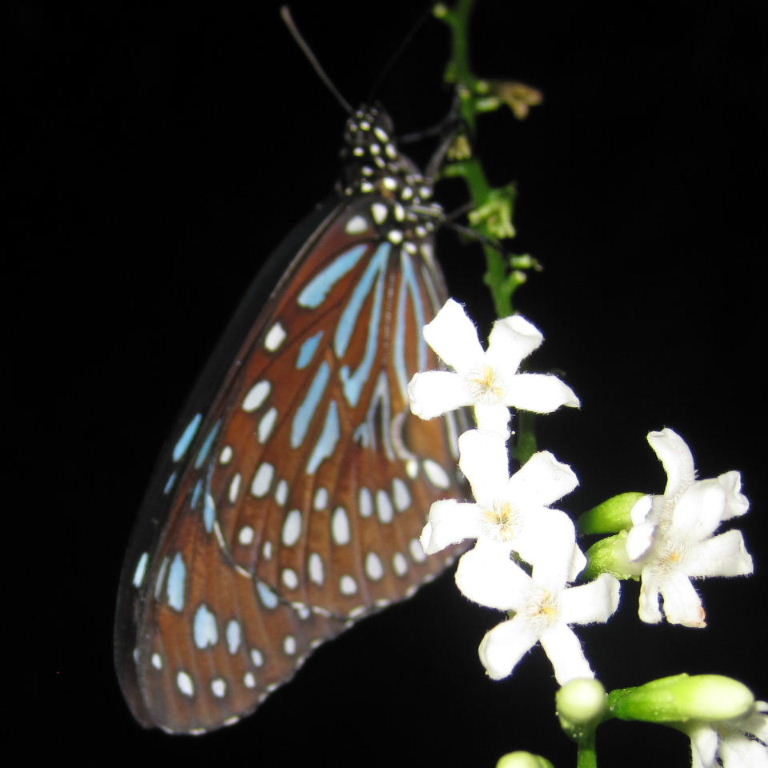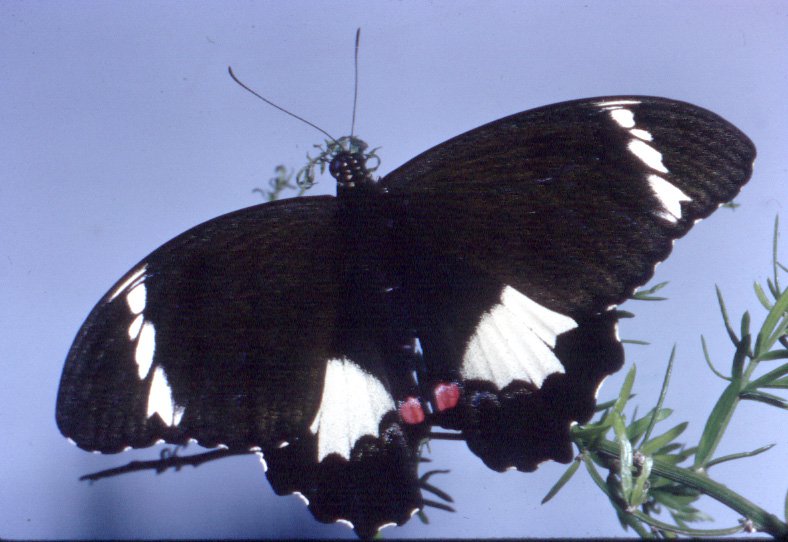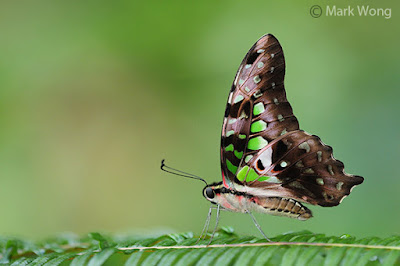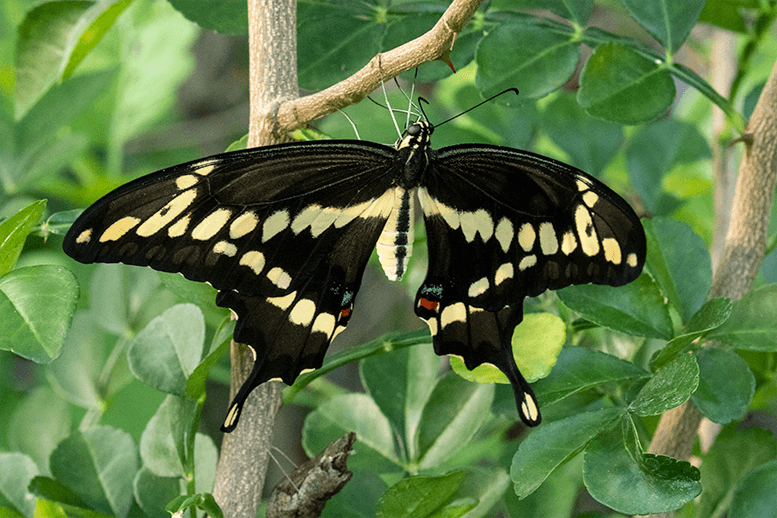Clouded Yellow butterfly habitat facts
The clouded yellow is a migrant that arrives here from May onwards. Usually, only small numbers turn up, but some years see mass migrations. It prefers open habitats, particularly chalk grassland. About The clouded yellow is a medium-sized, golden-yellow butterfly. It is a migrant species that flies here from North Africa and southern Europe. Clouded yellows are appear in small numbers most years, but occasionally turn up en masse – long remembered as ‘Clouded yellow years’. Adults may arrive at any time during the spring and summer, and can be found in a variety of open habitats, although, in southern … Read more

